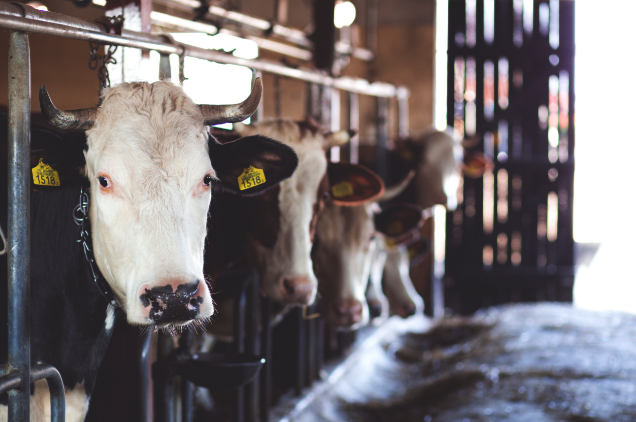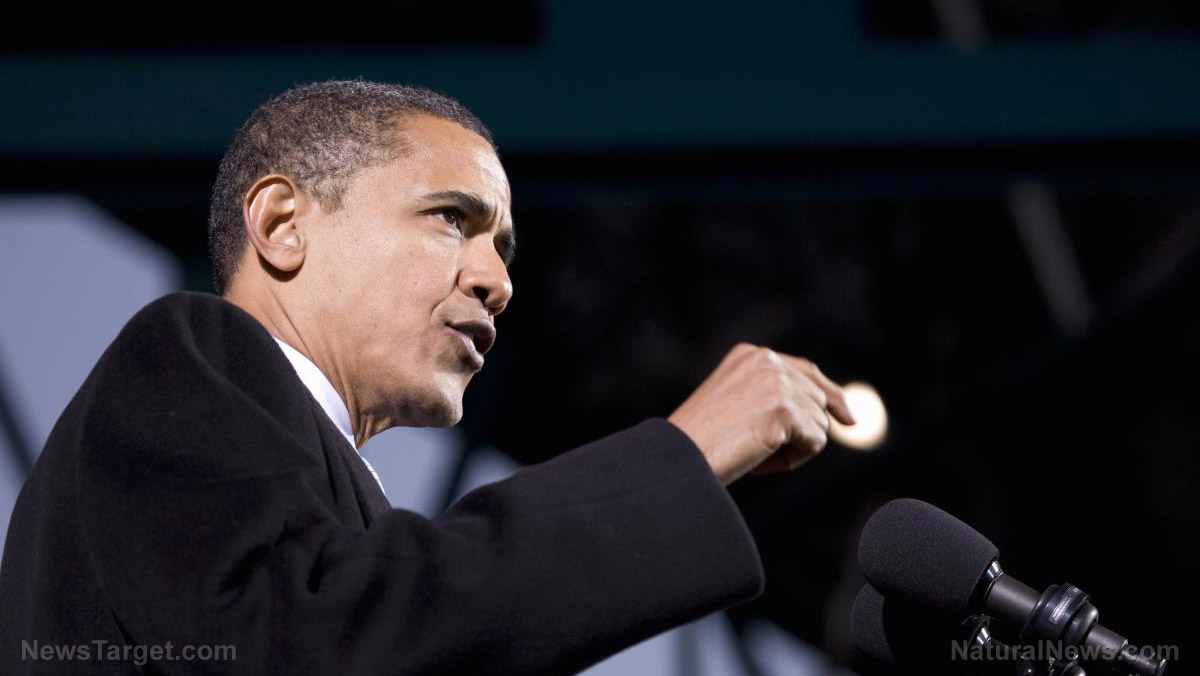
"Panicking" Texas ranchers sell off cattle as hay and water supply dwindle
North Texas ranchers have been forced to make some really tough decisions, like selling off their cattle, due to very limited hay and water supply brought by the expanding summer drought. (Related: Drought-stricken Texas finally gets some rain, but it may not be enough to save crops and cattle.) Grass has stopped growing with no rain and high temperatures. Grasshoppers have reportedly been destroying what's available in some counties. Stock ponds are now starting to run low on water as well. The drought has caused panic to most ranchers, driving them to sell off their entire herds as they do not have any other options. In the past few days, lines of trailers waiting to drop off cattle for auction have gone viral all over social media. At the Decatur Livestock Market, owner Kimberly Irwin said trucks were stacked a mile in each direction, eventually unloading more than 2,600 animals, the highest numbers since the extreme drought of 2011. "You know, you want to hang on, but it's just hard," Irwin lamented. She added that most of the cows have been older as owners are hoping they can keep the younger ones until conditions change. "I don't think it can break quick enough to save me, to tell the truth," said Lee McLachlin, a rancher from Springtown. McLachlin said he was holding off as long as he can with his cows, but he is aware that even a good rain now will not do much to bring the grass back quickly. He added that he is concerned about hay availability later in the year, with prices now already running over $100 per bale. Visit FoodCollapse.com for more news related to the disruption of food supply and collapsing global food economy. Watch the below video that talks about the current cattle liquidation situation in Texas. This video is from the Health Ranger Report channel on Brighteon.com.More related stories:
Mass CATTLE deaths send shockwaves through food supply as speculation rises: Are they being poisoned on purpose? Texas drought could eclipse drought of 2011, the state’s worst on record. US crops, cattle herds at risk due to "intense heat and dry conditions."Sources include:
AGWeb.com NASS.USDA.gov Brighteon.com EndOfTheAmericanDream.com CBSNews.comPrepWithMike: Surviving radioactive exposure following a nuclear explosion is NOT impossible
By Belle Carter // Share
Gender war: Putin calls gender fluidity propaganda a CRIME AGAINST HUMANITY
By Mary Villareal // Share
Freight companies expect “muted peak season” due to waning retailer demand
By Belle Carter // Share
Energy crisis forces Austria’s only domestic salt manufacturer to cut production by 20%
By Arsenio Toledo // Share
Collapse incoming: Eurozone inflation jumps to record-high 10.7%
By Belle Carter // Share
Obama warns ‘demonizing’ opponents leads to violence as Biden calls Republicans threat to democracy
By News Editors // Share
An invisible assault: How everyday heavy metals sabotage brain health
By willowt // Share
Pentagon warns of China's rapidly expanding nuclear arsenal
By kevinhughes // Share
FCC grounds new Chinese drones in sweeping security move
By avagrace // Share
The methylation switch: Scientists identify diet that can turn back the cellular clock
By jacobthomas // Share
Renaissance or Ruin: A wake-up call for cultural revival and self-sufficiency
By kevinhughes // Share
Weight loss in midlife may trigger brain inflammation, study finds
By avagrace // Share











